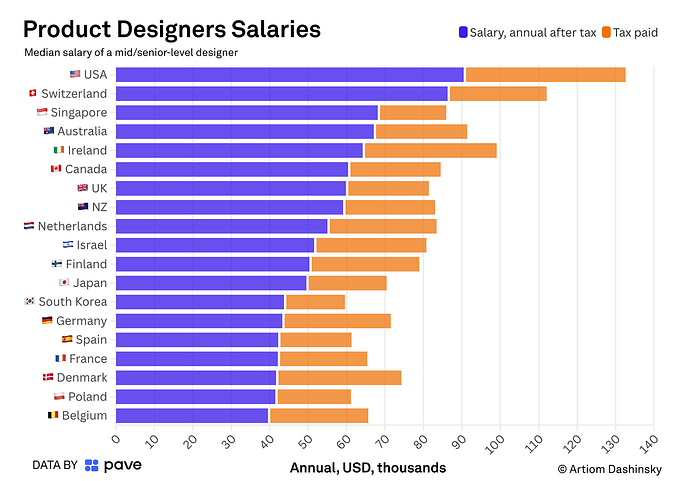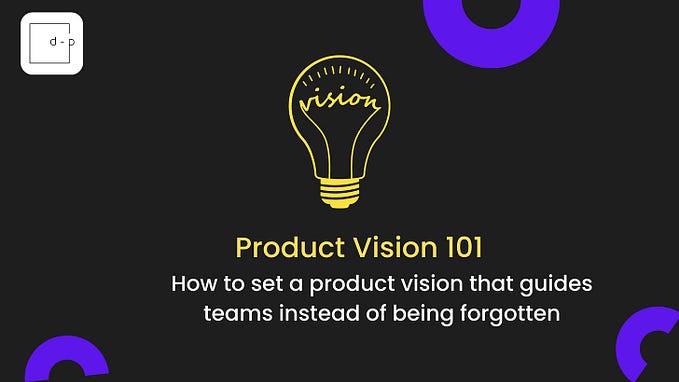Lean UX Process: Create a Great User Experience on a Budget
When it comes to creating a new product from scratch in a startup, Lean UX offers a streamlined and efficient approach. It’s all about building, testing, learning, and iterating, and it’s a process that places user feedback at the forefront of decision-making. Here’s a comprehensive exploration of how the Lean UX process can be tailored to the unique challenges and opportunities of a startup environment:

1. Define Your Vision and Hypotheses
In the realm of startups, where resources are often limited, defining a clear vision for your product is paramount. Start by asking the fundamental questions: What problem does your product solve? What value does it offer to users? It’s crucial to identify your core hypotheses, the assumptions you’re making about your target audience, their needs, and their behavior.
This initial step serves as your North Star, ensuring that every design decision aligns with the overarching vision and goals of the project. With a well-defined vision, you can strategically allocate your limited resources to what truly matters.
2. Create Minimal Viable Products (MVPs)
In a resource-scarce startup, the mantra is to do more with less. Enter the Minimal Viable Product (MVP), the simplest version of your product that can still deliver value to users. These MVPs serve as prototypes to test your hypotheses quickly and cost-effectively.
Lean UX’s emphasis on speed and efficiency shines brightly here. Instead of investing extensive time and resources in building a full-fledged product, you’re encouraged to construct just enough to validate your ideas. This approach not only conserves resources but also minimizes the risk of heavily investing in concepts that may not resonate with users.
3. User Testing and Feedback
Lean UX hinges heavily on frequent user testing, even in resource-constrained environments. Getting your MVPs in front of real users as early as possible is vital. Observe how they interact with the product and actively collect their feedback. This invaluable insight helps you identify pain points, validate your assumptions, and refine your design.
In my own startup experiences, this phase has often proven transformative. It’s astounding how much you can learn from just a handful of user tests. The feedback you gather provides crucial guidance for refining your product and ensuring it aligns precisely with user needs and expectations.
4. Iterate Rapidly
Based on the feedback you’ve received, it’s time to iterate on your MVP. Retain what works, discard what doesn’t, and make necessary improvements. This iterative process not only allows you to pivot when needed but also enables your product to adapt swiftly to evolving user needs and market conditions.
The rapid iteration cycle is where Lean UX truly demonstrates its prowess. In the unpredictable world of startups, where agility and adaptability are paramount, being able to swiftly respond to user feedback and adjust your design can spell the difference between success and failure. This approach not only mitigates the risk of resource misallocation but also maximizes your chances of delivering a product that resonates deeply with users.
5. Collaborative, Cross-Functional Teams
Lean UX thrives in an environment where designers, developers, marketers, and other team members collaborate closely. In startups, where roles often overlap and resources are scarce, fostering cross-functional collaboration isn’t merely beneficial — it’s essential.
In my startup endeavors, I’ve witnessed firsthand the power of cross-functional collaboration. When team members from different disciplines work together closely, you gain a holistic perspective on the project. Developers can offer insights on technical feasibility, marketers can contribute input on user acquisition strategies, and designers can ensure a seamless user experience. This collaborative approach not only maximizes the impact of limited resources but also results in a more well-rounded product.
6. Data-Driven Decision-Making
Lean UX fervently advocates for data-driven decision-making. Leverage analytics and user data to inform your design choices. Identify which features or aspects of your product resonate with users and which require refinement.
In the startup environment, where every resource counts, making informed decisions is paramount. By harnessing data and analytics, you can allocate your resources where they’ll have the most significant impact. This approach not only optimizes your design but also contributes to a more efficient use of your budget.
7. Continuous Learning
Cultivating a culture of continuous learning is integral to Lean UX. Be open to feedback, whether it’s positive or negative, and employ it to fuel innovation. Stay agile and remain prepared to adapt your design as you gain more insights and a deeper understanding of your users.
One of the defining attributes of Lean UX is its unwavering commitment to ongoing learning. In the ever-evolving landscape of startups, experimentation and discovery are the order of the day. By nurturing a culture of continuous learning, you establish an environment where team members are not just encouraged but expected to explore new ideas and test hypotheses. This approach fuels innovation and ensures your product remains in lockstep with the ever-shifting sands of user needs.
My Experience Designing in a Low-Resource Startup Environment
Embarking on a journey as a UX designer in the realm of startups often means confronting resource constraints head-on. My experiences in these resource-constrained startup environments have been invaluable, serving as a crucible for creative problem-solving, rapid iteration, and resource maximization.
A standout project in my repertoire involved designing a mobile app for a fledgling e-commerce startup operating on a shoestring budget. Armed with Lean UX principles, we initiated with a basic MVP, honing in on the core features. To conduct user testing, we resorted to guerrilla tactics, enlisting friends, family, and early adopters as our testers. The outcomes were staggering. We learned swiftly, iterated relentlessly, and made pivots when necessary. With Lean UX guiding our design choices, we metamorphosed a rudimentary MVP into a user-friendly app that not only attracted a growing user base but also piqued the interest of potential investors.
In the crucible of startups, Lean UX isn’t merely a methodology — it’s a survival strategy. It’s about embracing constraints, making judicious decisions, and prioritizing user feedback above all else. In resource-scarce environments, it’s not the size of your budget that holds sway — it’s the enormity of your innovation. Lean UX serves as the alchemical catalyst to transform meager resources into game-changing products.
So, whether you’re a trailblazing startup founder or a seasoned UX designer, Lean UX ought to be your guiding star on the odyssey of innovation. Embrace the process with gusto, stay agile, and watch in awe as your lean, user-centric approach transmutes your nascent startup dreams into tangible realities.
Conclusion
In sum, Lean UX isn’t merely a methodology; it’s a mindset ideally suited for the high-octane, resource-challenged milieu of startups. By ardently adhering to the Lean UX process — meticulously defining your vision, crafting MVPs, embracing user testing, iterating ceaselessly, fostering cross-functional teamwork, championing data-driven decisions, and nurturing a culture of perpetual learning — you can adeptly surmount the obstacles inherent in designing on a budget.
My own forays into startup terrain have underscored the efficacy of Lean UX in yielding user-centric, budget-friendly design triumphs. Whether you’re a pioneering founder or a seasoned UX maven, Lean UX ought to be your compass in the labyrinthine universe of startups. It’s the formula for turning constraints into creative ingenuity and scarcer resources into monumental innovation. So, embark on your Lean UX journey, embrace the process unfalteringly, remain nimble, and bask in the transformation of your startup visions into bona fide realities.











